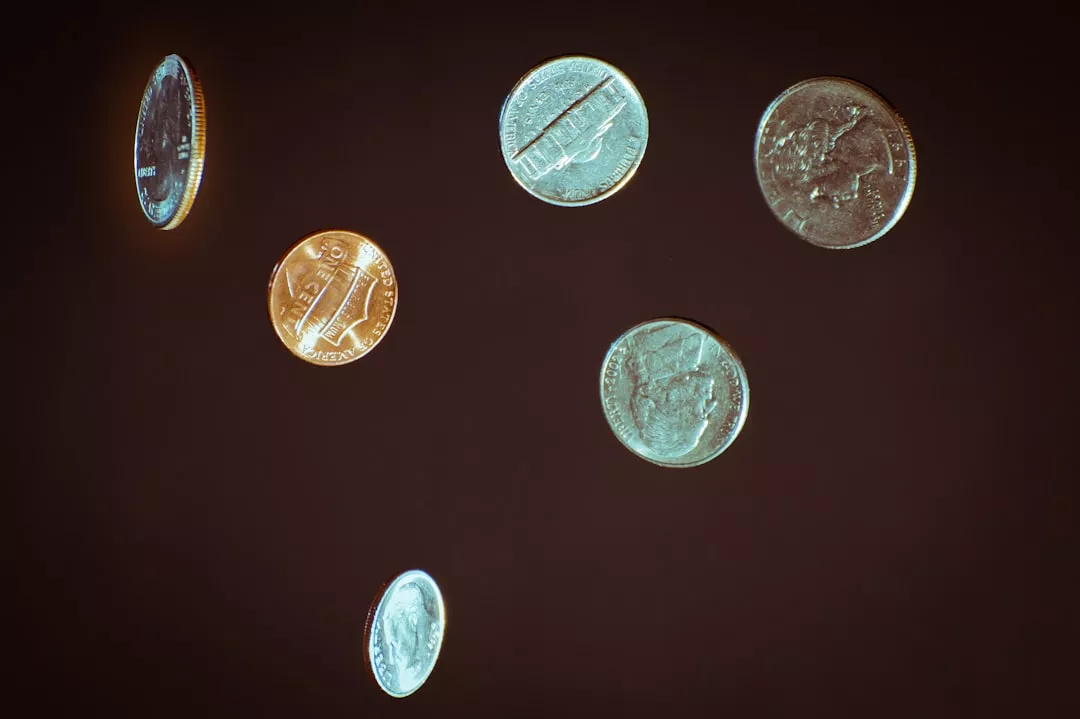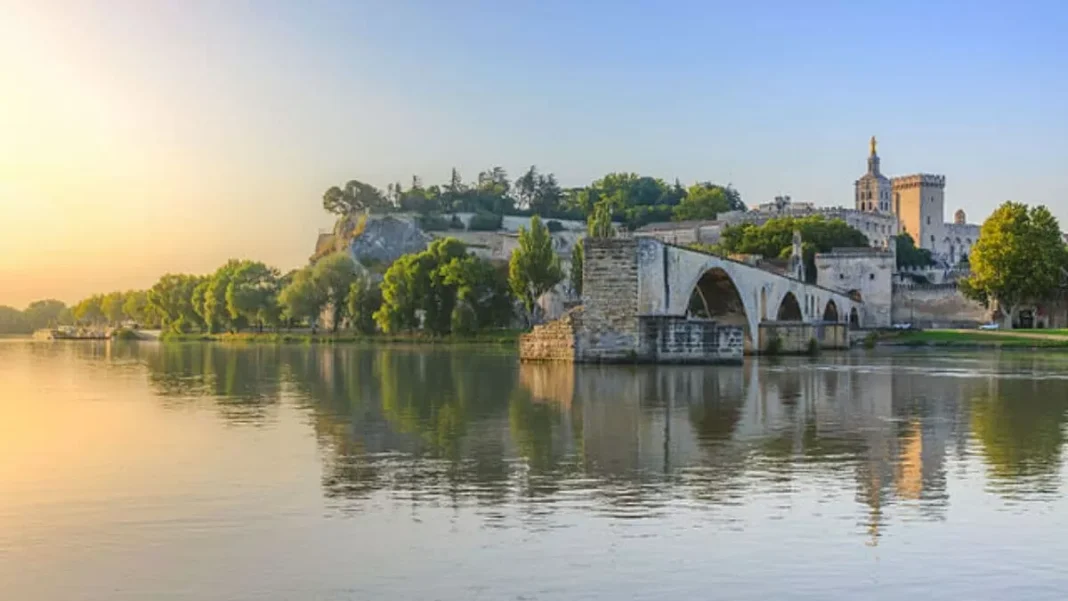Archaeologists in France have made a groundbreaking discovery that could shed new light on the ancient Roman Empire’s military strategies. According to recent reports, researchers may have located the lost Marius Canal, a crucial supply route built during the Cimbrian Wars. This finding has the potential to rewrite history and provide valuable insights into the Roman army’s tactics during this pivotal time.
The Cimbrian Wars, fought between 104 and 102 B.C., were a series of conflicts between the Roman Republic and the Germanic tribes of the Cimbri and Teutones. The Romans, led by the famous general Gaius Marius, faced a formidable enemy and needed a reliable supply route to sustain their troops. In response, Marius ordered the construction of a canal that would connect the Rhône River to the Mediterranean Sea, providing a direct and safe passage for supplies and reinforcements.
For centuries, the exact location of this canal has remained a mystery. However, a team of French archaeologists may have finally cracked the code. By meticulously studying the Rhône River delta, they have identified structures that match the engineering standards of the ancient Romans. These structures include ceramic fragments and other artifacts that are characteristic of Roman construction techniques.
The discovery of these structures has sparked excitement among the archaeological community, as it provides strong evidence that the Marius Canal did indeed exist. This finding has the potential to significantly enhance our understanding of the Roman army’s logistical capabilities and their ability to adapt and innovate in times of war.
Dr. Jean-Luc Bérenger, the lead archaeologist on the project, expressed his enthusiasm, stating, “This is a significant discovery that could change our perception of the Cimbrian Wars. The Marius Canal was a crucial supply route for the Roman army, and its existence has been debated for centuries. To finally have tangible evidence of its existence is truly remarkable.”
The team has also uncovered several other artifacts, including coins and pottery, that provide further evidence of the canal’s existence. These findings will undergo further analysis and carbon dating to determine their exact age, which could potentially confirm that they are from the time of the Cimbrian Wars.
The discovery of the Marius Canal not only sheds light on the Roman army’s military strategies but also highlights their advanced engineering skills. The fact that the canal has remained hidden for so long is a testament to the Romans’ ingenuity and their ability to construct structures that have stood the test of time.
This groundbreaking discovery has the potential to attract tourists and history enthusiasts from all over the world to the Rhône River delta. It also highlights the importance of preserving our archaeological sites and the need for continued research and excavation to uncover our past.
The team of archaeologists is continuing their work in the Rhône River delta, hoping to uncover more evidence of the Marius Canal and other significant historical sites. With each new discovery, we get one step closer to unraveling the mysteries of the past and gaining a deeper understanding of our world’s history.
In conclusion, the recent findings of the Marius Canal in France have caused a stir in the archaeological community and could potentially rewrite history. This discovery not only sheds light on the Roman army’s military strategies but also showcases their advanced engineering skills. We eagerly await further developments and hope that this discovery will inspire more research and exploration into the ancient world.



